Features
Latest
-
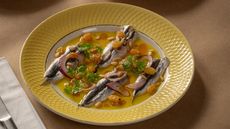
The new London restaurants to book now
This month, a British pub meets Italian trattoria, Georgian cuisine is celebrated and a revived legacy lands in Covent Garden
By Ben McCormack Last updated
-
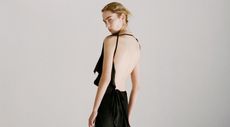
Colleen Allen’s poetic womenswear is made for the modern-day witch
Allen is one of New York’s brightest young fashion stars. As part of Wallpaper’s Uprising column, Orla Brennan meets the American designer to talk femininity, witchcraft and the transformative experience of dressing up
By Orla Brennan Published
-
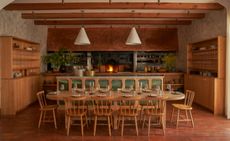
The new Los Angeles restaurants everyone is talking about
From a local chef’s modern Mexican concept, to an inventive take on the old-school diner, and a Montecito hot ticket worth the drive
By Carole Dixon Last updated
-
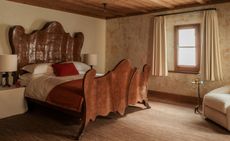
The new design-led hotels that should be on your radar
Explore the best new openings in the world, from an intimate bolthole in Mexico City to a sunny island resort in the Maldives
By Lindsay Cohn Last updated
-

A new Korean garden reimagines tradition for the 21st century
The new Médongaule Korean Gardens in Gyeonggi Province explore the country’s rich tradition; within it, the Seongok Academy Building provides a layered spatial experience drawing on heritage and a connection with nature
By Fiona Bae Published
-
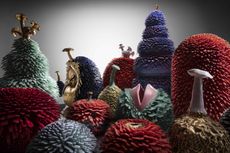
Ten out-of-this-world design exhibitions to see in 2026
From contemporary grandes dames to legends past, and ‘non-human’ design: here are ten design exhibitions we’re looking forward to seeing in 2026
By Rosa Bertoli Published
-
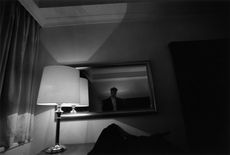
David Lynch’s photographs and sculptures are darkly alluring in Berlin
The late film director’s artistic practice is the focus of a new exhibition at Pace Gallery, Berlin (29 January – 22 March 2026)
By Hannah Silver Published
-
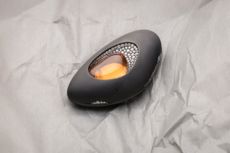
Discover the cool and offbeat designs of jeweller Inesa Kovalova
Inesa Kovalova's jewellery celebrates a mix of mediums and materials
By Hannah Silver Published
-
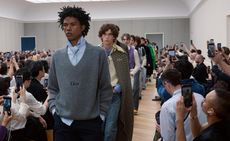
Men’s Fashion Week A/W 2026 is almost here. Here’s what to expect
From this season’s roster of Pitti Uomo guest designers to Jonathan Anderson’s sophomore men’s collection at Dior – as well as Véronique Nichanian’s Hermès swansong – everything to look out for at Men’s Fashion Week A/W 2026
By Jack Moss Published
-
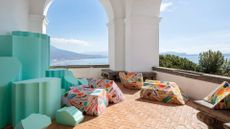
The international design fairs shaping 2026
Passports at the ready as Wallpaper* maps out the year’s best design fairs, from established fixtures to new arrivals.
By Ali Morris Published
-
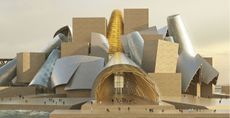
The eight hotly awaited art-venue openings we are most looking forward to in 2026
With major new institutions gearing up to open their doors, it is set to be a big year in the art world. Here is what to look out for
By Annie Downes Published
-

This modern Clapham house is nestled indulgently in its garden
A Clapham house keeps a low profile in south London, at once merging with its environment and making a bold, modern statement; we revisit a story from the Wallpaper* archives
By Ellie Stathaki Published
-
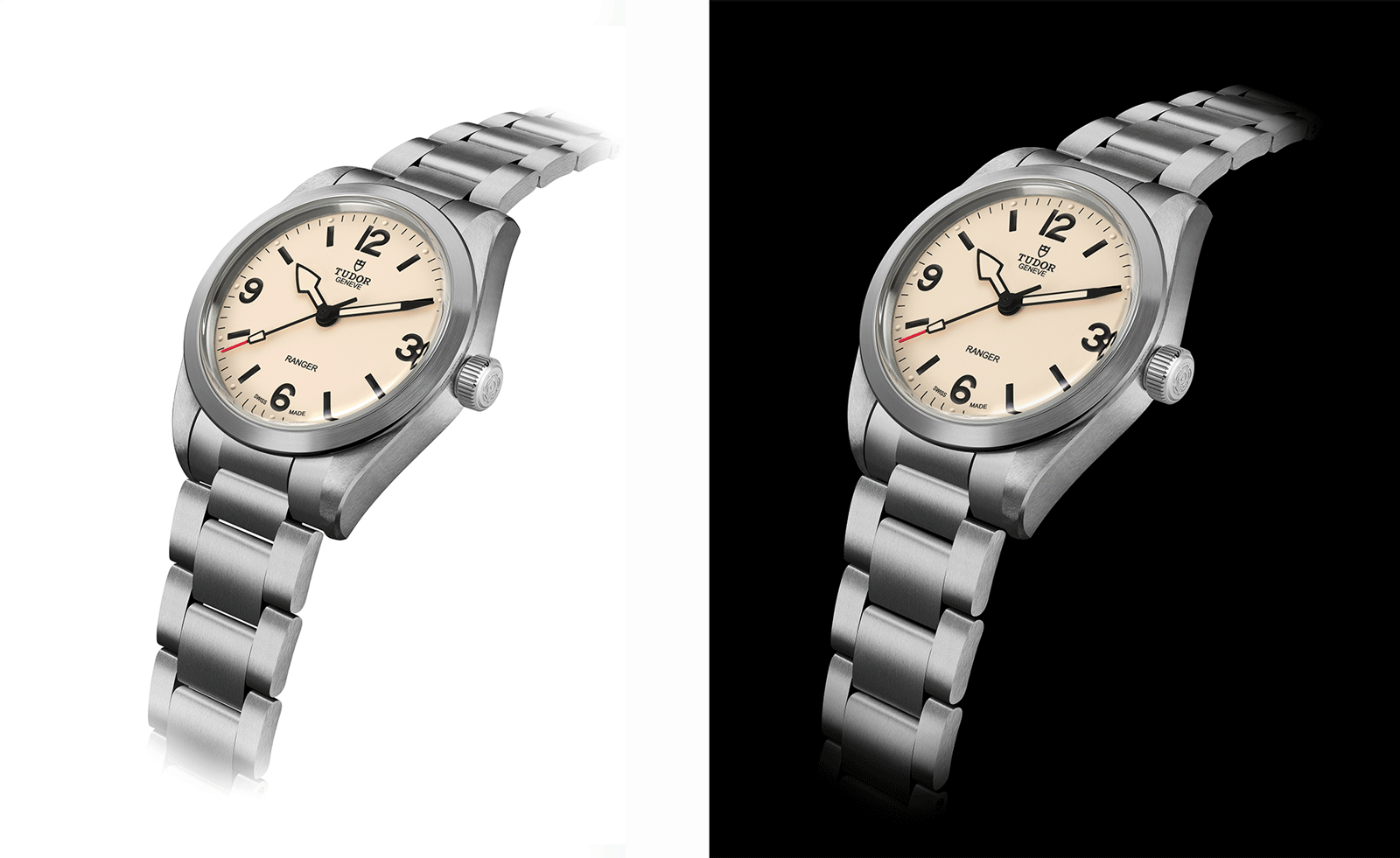
The new Tudor Ranger watches master perfectly executed simplicity
The Tudor Ranger watches look back to the 1960s for a clean and legible design
By James Gurney Published
-
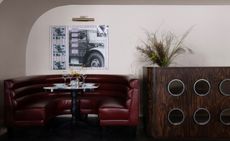
This late-night hangout brings back 1970s glam to LA’s Sunset Boulevard
Galerie On Sunset is primed for strong drinks, shared plates, live music, and long nights
By Carole Dixon Published
-
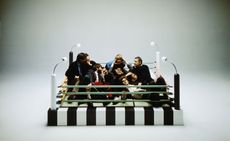
How Memphis developed from an informal gathering of restless creatives into one of design's most influential movements
Everything you want to know about Memphis Design, from its history to its leading figures to the pieces to know (and buy)
By Francesca Perry Published
-
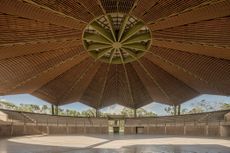
Aidia Studio's mesmerising forms blend biophilia and local craft
Mexican architecture practice Aidia Studio's co-founders, Rolando Rodríguez-Leal and Natalia Wrzask, bring together imaginative ways of building and biophilic references
By Ellie Stathaki Published
-

Modern masters: the ultimate guide to Keith Haring
Keith Haring's bold visual identity brought visibility to the marginalised
By Finn Blythe Published
-

Discover a hidden culinary gem in Melbourne
Tucked away in a central Melbourne park, wunderkind chef Hugh Allen’s first solo restaurant, Yiaga, takes diners on a journey of discovery
By Daven Wu Published
-

Nina Christen is the designer behind fashion’s favourite – and most playful – shoes
She’s created viral shoes for Loewe and Dior. Now, the Swiss designer is striking out with her own label, Christen
By Jack Moss Published
-
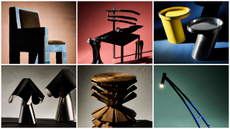
These are the 12 emerging designers we are excited to follow into 2026
These are the designers to watch for 2026: from unpredictable glassmakers to furniture designers working with bones, textile artists exploring ancient techniques and makers giving new life to mundane tools
By Rosa Bertoli Published
-
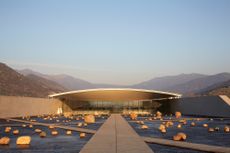
Traditional methods underpin Smiljan Radic's designs: 'I am not a creator of new shapes'
Smiljan Radic is building a reputation with fabric roofs, fake ruins and a supporting cast of boulders; we visit a story from the Wallpaper* archives, exploring the architect's work, from a Chilean winery to London’s 2014 Serpentine Pavilion
By Ellie Stathaki Published
-
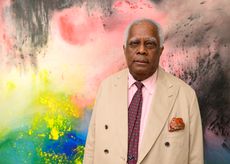
Winston Branch searches for colour and light in large-scale artworks in London
Winston Branch returns to his roots in 'Out of the Calabash' at Goodman Gallery, London ,
By Amah-Rose Abrams Published
-
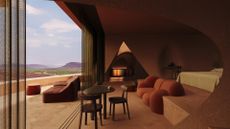
The most anticipated hotel openings of 2026
From landmark restorations to remote retreats, these are the hotel debuts shaping the year ahead
By Nicola Leigh Stewart Published
-
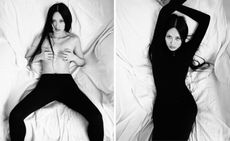
Is the future of beauty skincare you can wear? Sylva’s Tallulah Harlech thinks so
The stylist’s label, Sylva, comprises a tightly edited collection of pieces designed to complement the skin’s microbiome, made possible by rigorous technical innovation – something she thinks will be the future of both fashion and beauty
By India Birgitta Jarvis Published
-
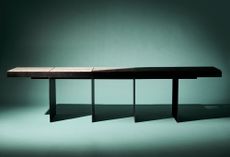
A resort, ravioli and a rocket are just a few of the ongoing projects from British-Indian designer Armaan Bansal
Wallpaper* Future Icons: Anda Ba studio founder Armaan Bansal draws inspiration from India's natural materials and contemporary London culture
By Anne Soward Published
-

Mexico's Palma stays curious - from sleepy Sayulita to bustling Mexico City
Palma's projects grow from a dialogue sparked by the shared curiosity of its founders, Ilse Cárdenas, Regina de Hoyos and Diego Escamilla
By Ellie Stathaki Published
-
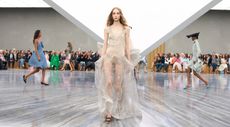
Everything to look forward to in fashion in 2026, from (even more) debuts to the biggest-ever Met Gala
Wallpaper* looks forward to the next 12 months in fashion, which will see the dust begin to settle after a year of seismic change in 2025
By Jack Moss Published
-
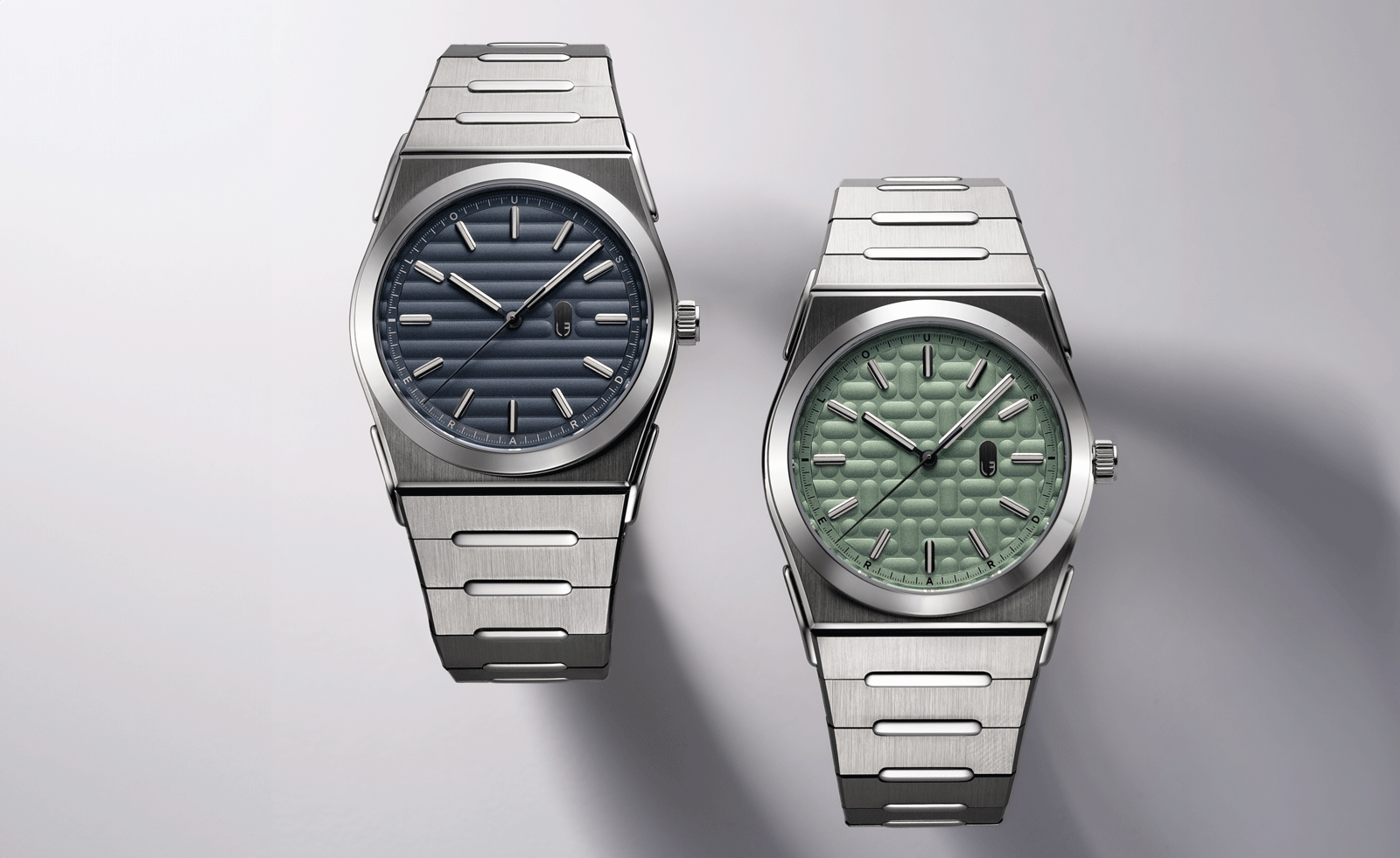
Five watch trends to look out for in 2026
From dial art to future-proofed 3D-printing, here are the watch trends we predict will be riding high in 2026
By Thor Svaboe Published
-
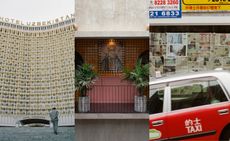
Five travel destinations to have on your radar in 2026
The cultural heavyweights worth building an itinerary around as culture and creativity come together in powerful new ways
By Sofia de la Cruz Published
